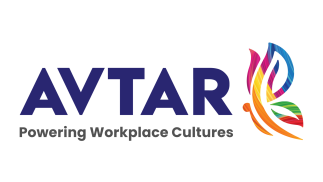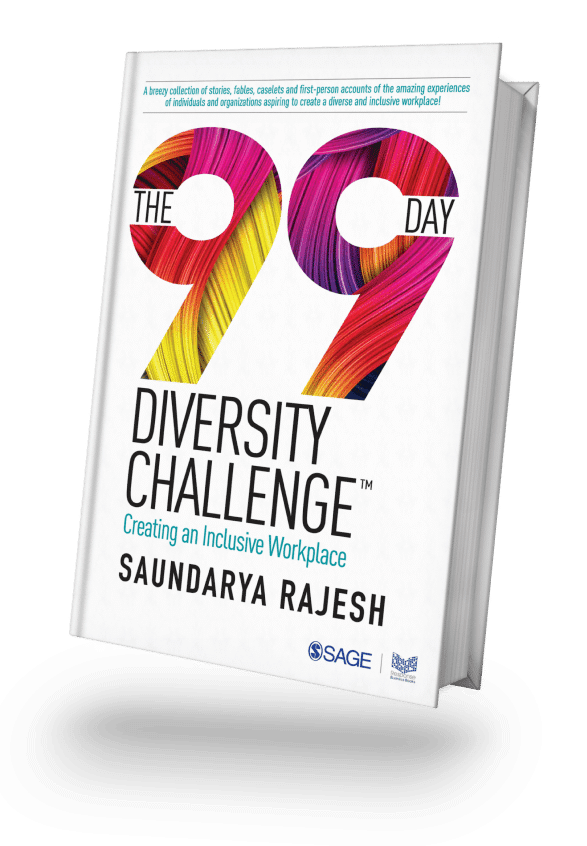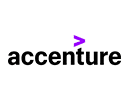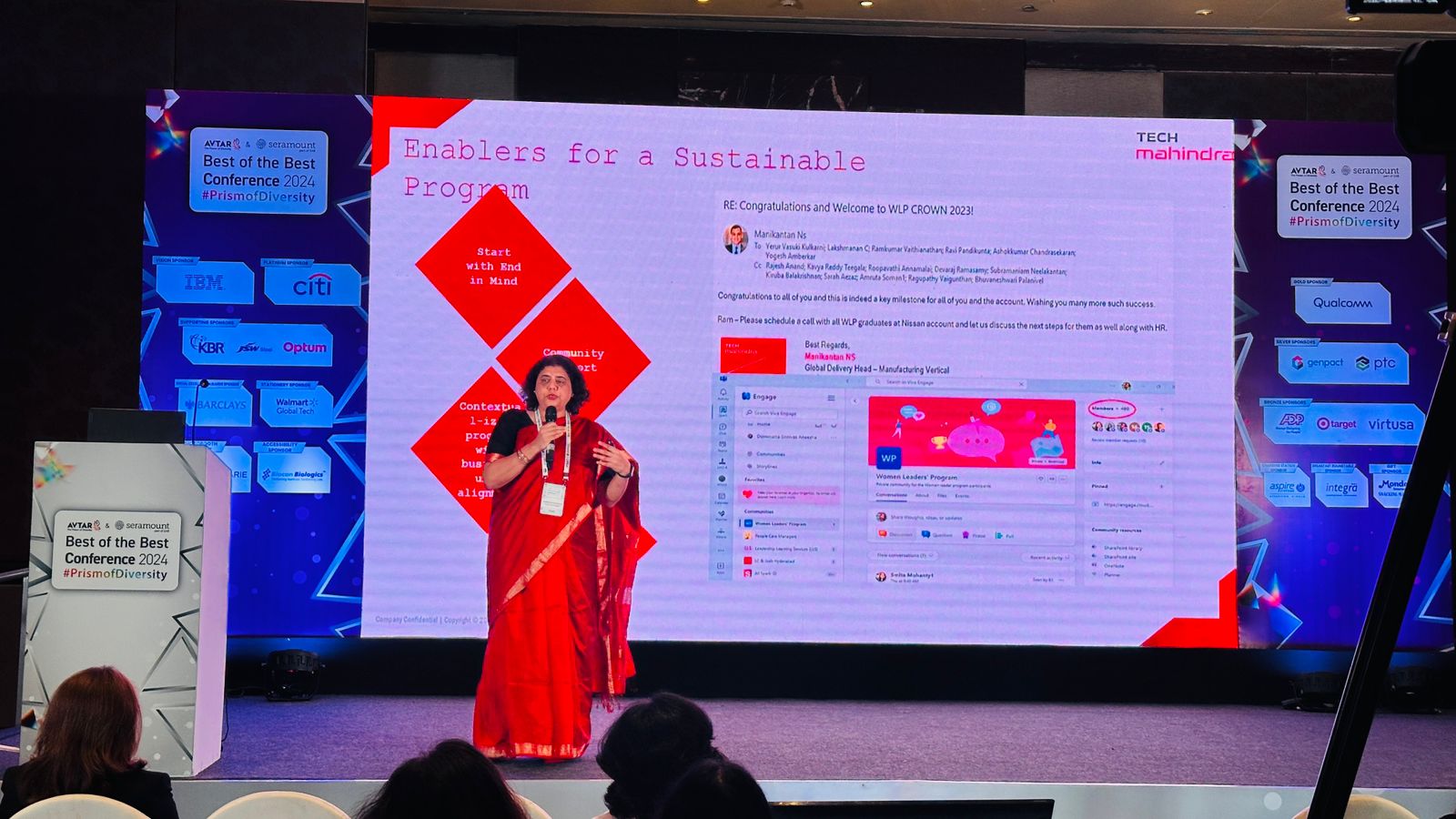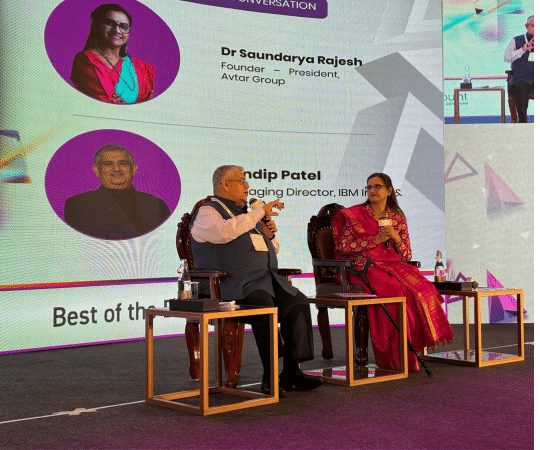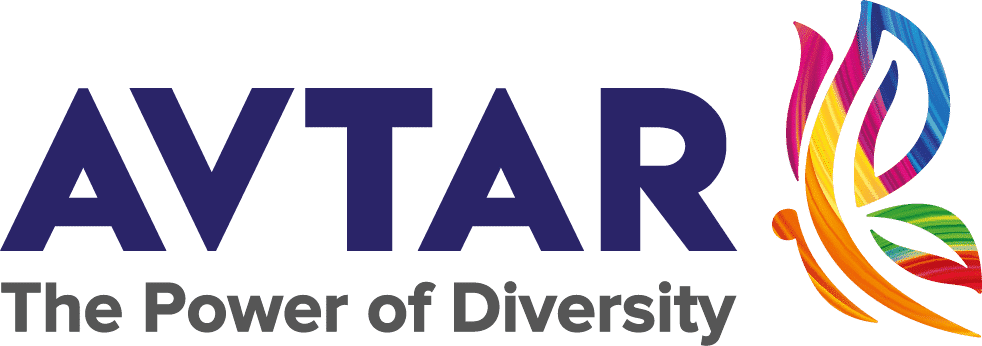The Power of Allyship: Creating an Inclusive and Equitable Workplace
This International Women’s Day is not just about talking about gender equity but also taking action in the form of allyship. Embracing allyship in the workplace is crucial for creating an inclusive environment for everyone.
Gender equity is much talked about in most companies. With policy changes, representation, and leadership programs, gender equity has received some spotlight in this generation . However, a major piece in the pack is allyship.
Allyship has multiple layers to it— is not just talking about gender equity but is about taking intentional action to challenge stereotypes and foster workplace cultures. It is also about leveraging influence to ensure equal opportunities are presented to all, irrespective of their positions or gender. In a nutshell, allyship is the bridge between support and active change.
What is it to be an ally?
An ally supports and advocates for those experiencing systemic barriers. With gender equity, allyship means challenging biases, removing barriers, and enhancing the voices of people from underrepresented groups. Allyship is not just words; it requires work and consistent action. A true ally recognizes privilege, challenges bias, advocates for structural change and elevates voices. Technically, allyship is more than standing with women; it’s about “standing up for women.”
Despite progress, women continue to be sidelined in the workplace. Studies have proven that:
- The number of women promoted to leadership roles is lesser compared to men with similar qualifications.
- Women hold a higher share of caregiving responsibilities, leading to missed opportunities and slower career growth.
- Men are often credited for women’s ideas or contributions.
This is where allyship makes a difference! People misinterpret allyship to be grand gestures; on the contrary, it’s about consistent actions fostering inclusion and workplace culture. Here’s how one can become an ally in the workplace:
Listen and learn without defense.
The common challenge working women experience is assuming their capabilities. An action to allyship is to ask women about their experiences, instead of assuming and seeking feedback.
Calling out biases
Bias affects decision-making at every level in every organization and often reflects in hiring and promotion practices, performance evaluations, and workplace dynamics. To make a powering workplace culture, it is essential to stand up for any workplace biases.
Be a Sponsor; not just a mentor
While mentorship shapes a person, sponsorship opens doors for opportunities. An ideal ally would use their influence to create opportunities and advocate for women in leadership positions.
Allyship is not just for the organization – it’s for everyone!
The myth that ‘equity is a women’s thing’ is quite strong among many employees. Companies focusing on allyship yield better results along with higher employee engagement and stronger business performance. Quite often, gender equity is equalled to a “woman’s issue.” The key to allyship is making equity a business priority and the first step is to break the ‘not my problem’ mindset. Allyship is not a destination; it is a journey. It is about choosing to break the barriers and not stay within the comfort limit.
This Women’s Day, ask yourself:
- How can I amplify women’s voices in my workplace?
- How do I address the subtle biases?
- What can I do to make my workplace more inclusive?
Because when we accelerate allyship, we are accelerating progress for the company!
